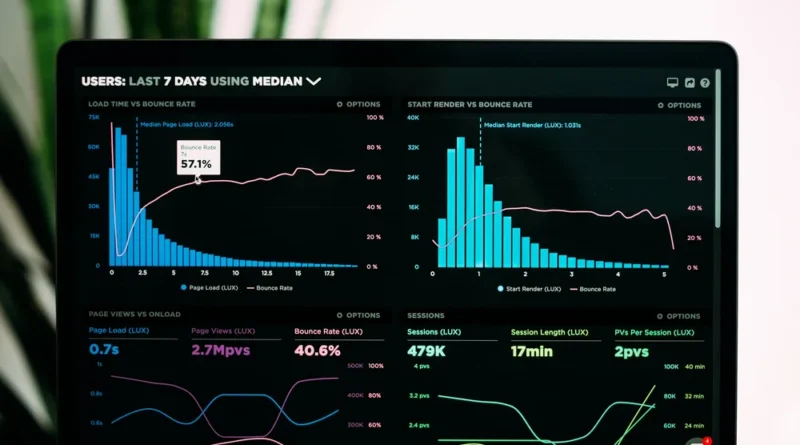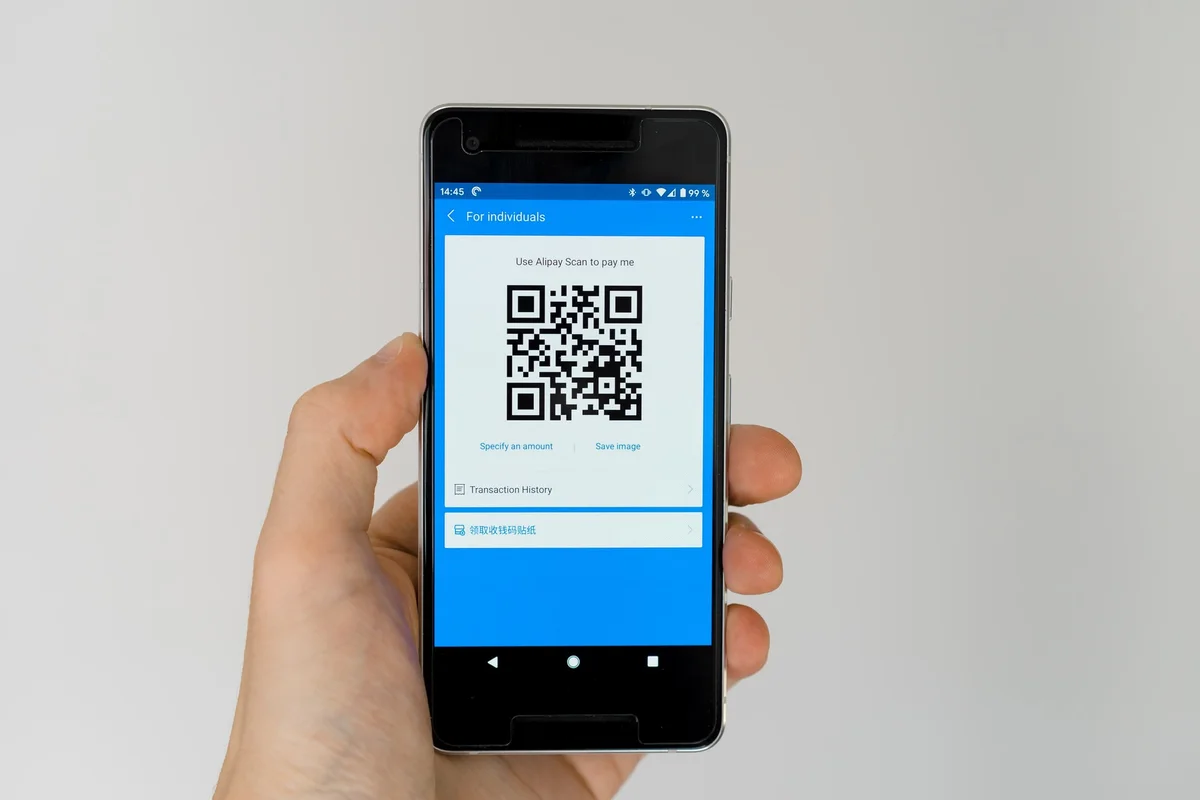Document Data Capture 101: How to choose a data extraction software for your business?
The majority of companies today obtain and collect massive amounts of data daily. Often, this data is delivered to employees as a digital or a physical printed document, or both. This data belongs to all categories: unstructured, structured, and semi-structured. However, all kinds of data share a common feature that this data is mostly not readily readable/usable by computers. Capturing and then converting it into a usable format is too complicated and requires a lot of time and effort.
Consequently, companies opt for document data capture. So, what is this technology, and how can it help your business? What kind of tools/software help in capturing this data? Read on to find out what data capturing is.
What is Document Data Capture?
Document data capture refers to extracting information from physical or electronic documents, such as invoices, forms, or ID cards, and converting it into a digital format that can be stored, analyzed, and shared. This process typically involves using optical character recognition (OCR) or other technologies to convert the text on the document into machine-readable form and then using software to extract specific pieces of information, such as names, addresses, or dates. The captured data can be used for numerous purposes, such as automating business processes, data entry, and analytics.
How to Capture Data?
Since manual data extraction takes a lot of time, most businesses seek ways to automate. Automated data extraction tools/software extracts relevant data from massive volumes of data in a readable format.
There are several ways to capture data from documents, including:
1.Optical Character Recognition (OCR)
This technology uses image analysis to recognize text on a document and then convert it into machine-readable text. OCR software can capture text from images, PDFs, or other scanned documents, making it a robust pdf data extraction technology.
2.Intelligent Character Recognition (ICR)
Intelligent Character Recognition (ICR) is a technology that uses machine learning algorithms to recognize and extract text from images and documents. ICR works like Optical Character Recognition (OCR). However, it is designed to recognize handwriting, cursive text, and other variations in character recognition.
3.Barcode and QR code scanning
QR codes are 2D barcodes that can store various data, including text, URLs, and contact information. When scanned, the data stored in the QR code can be quickly and easily accessed by the user.
4.Form recognition
This technology automatically extracts information from forms, such as invoices or application forms. It uses machine learning algorithms to identify and extract specific data fields from the document.
Once you have captured the data, it can be used for many purposes, such as automating business processes, data entry, and analytics.
How to choose data extraction software for your business?
As you have seen, several ways to extract/capture data from documents exist. But which is the most appropriate for your business? Many factors will make a particular software more suitable for your business requirements than others. When choosing data extraction software for your business, these are the factors to consider:
- Document types: Not all software can handle all types of documents. Ensure the software can handle the documents you need to extract data from.
- Data accuracy: Look for software that accurately extracts the data you need. Data extraction software enhances accuracy by automating the process and assigning repetitive tasks for every subsequent batch of data. Moreover, the software also utilizes machine learning algorithms to reduce human involvement in facilitating data extraction.
- Ease of use: Consider how user-friendly the software is, how easy it is to train it, and how simple it is to use. You should not necessarily have extensive coding experience but basic knowledge to integrate the software within your operations.
- Integration: Make sure the software can integrate with other systems your business uses, such as databases, CRM, or ERP systems. A seamless integration would eliminate the chances of human-made errors and ensure more efficient dataflows throughout your organization.
- Scalability: As businesses grow, the amount of data they accumulate grows exponentially. Extracting/capturing relevant data from it becomes a complex task. As data scales, extraction should too. Consequently, you need data extraction software to accommodate your data volume.
- Cost: Consider the cost of the software and see if it fits within your budget. Some software providers offer a free trial to test the data extraction software before purchasing. Cost analysis is essential to ensure that data extraction is not taking a considerable portion of your expenditure, making it lesser feasible.
- Security: Ensure the software meets your security standards and complies with data security and privacy regulations, like ISO, CIS controls, HITRUST, HIPAA, PCI DSS, and globally renowned standards like GDPR.
Conclusion
Data extraction/capture comes in very handy, primarily when your organization deals with massive volumes of data that can not be worked upon manually. When choosing a data extraction software, it is vital to consider the specific needs of your organization and the types of data you will be extracting. Factors to consider also include the format and source of the data, the level of automation and customization required, and the technical support offered by the software provider. Therefore, it is crucial to understand your business requirements, research, and choose data extraction software accordingly.




